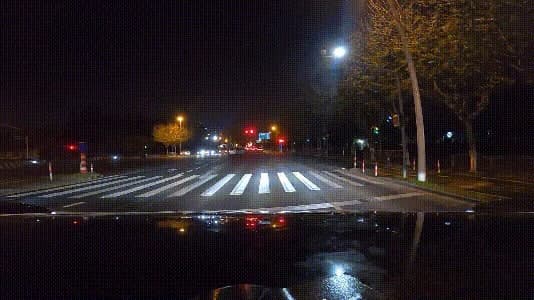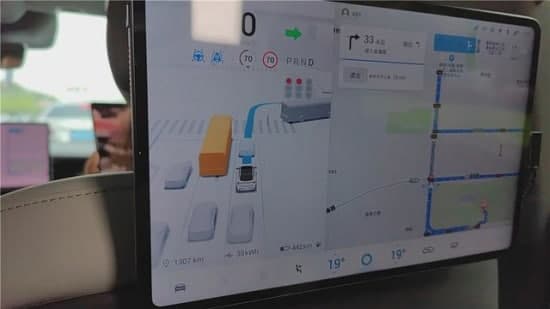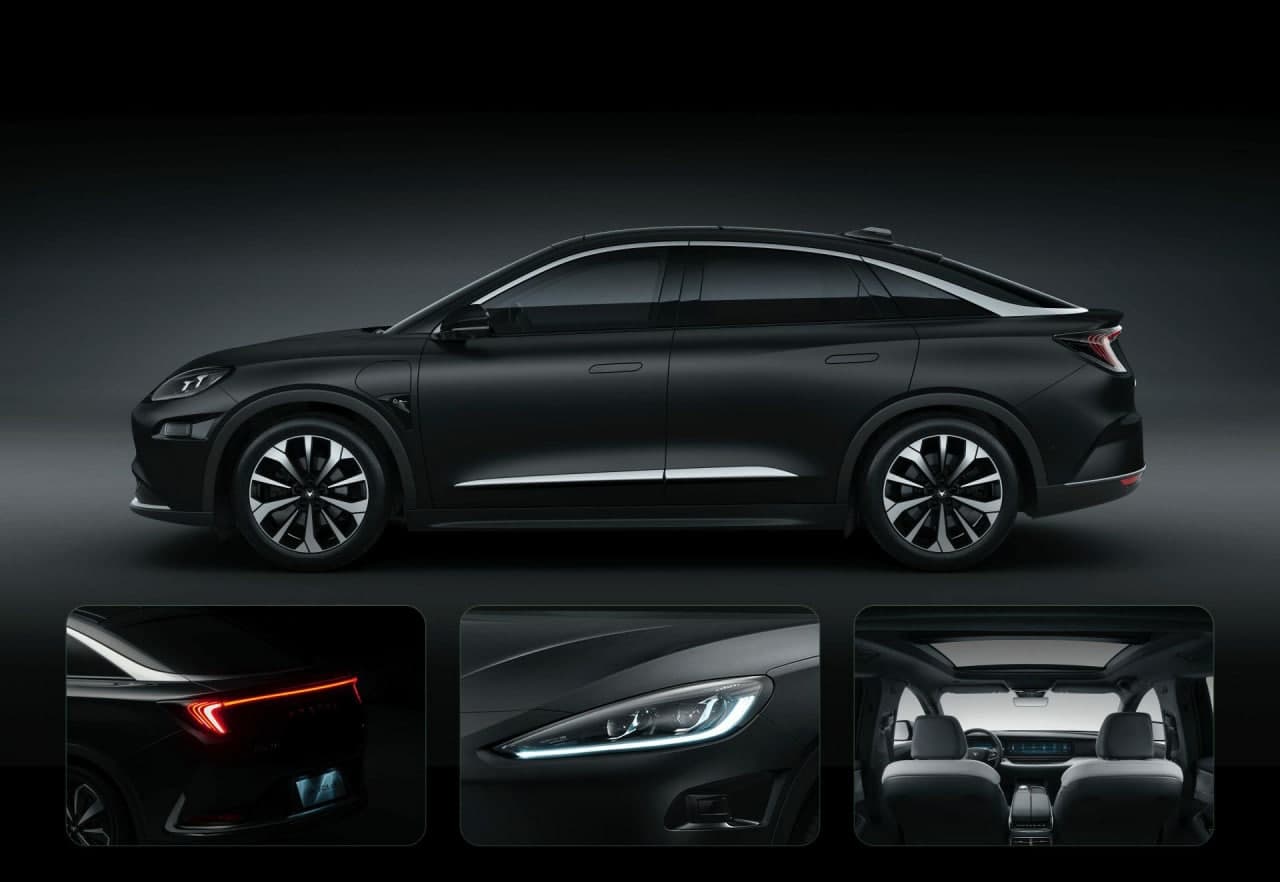Auto
Huawei has far better autonomous driving system than Tesla

The automotive industry is rising these days, many of the smartphone manufacturers are also moving towards the car industry including Huawei, Xiaomi, OPPO, and more.
In concern of the fact, the ArcFox Alpha S and Cyrus Huawei Smart Selection SF 5 co-powered by Huawei Technologies have already entered the market. The models launched on the 17th and 19th of April respectively.
As of the 22nd of April, reservations for the Cyrus SF 5 reach over 3000 in just two days, which shows the craze of the company’s smart technology among the customers.
Huawei is not only emerging in this field but also proven to be a threat to the smart car OEM’s ( Original Equipment Manufacturer) with its powerful and intelligent technology for smart vehicles.
At the Global Analyst Summit, Huawei Rotating Chairman, Eric Xu, informed that it can attain 1000 kilometers of consistent autonomous driving in the urban area, far better than Tesla. Since then, Huawei Autopilot surpasses Tesla is trending among the tech-savvy on the internet.
Let me tell you, what is the reason behind Huawei has a far better autonomous driving system than Tesla.
Not long ago, an SNS user shared an autonomous driving video, which said to be of Polar Fox Alpha S equipped with Huawei’s Autopiloting techniques.
We can witness from the video that the car can achieve smooth deriving on the urban roads and easily avoid all possible hinders such as wayfarer, turns, and crowded vehicles. As well it can handle all situations like performance on traffic lights and emergency situation without any manual command.

This vehicle adopts L4-level technologies aimed to give you an amazing driving experience. Huawei’s Lidar system made a great contribution to active this autopiloting.
It’s the biggest difference between Huawei and Tesla’s driverless techniques as well as the reason why Huawei’s technology can perform very well.

Previously the CEO of this US-based firm made a statement saying “Lidar is a stupid solution” and shows his object to the use of Lidar in automotive vehicles.
According to him, humans can drive safely through visual information and information processed by the brain. He was indicating that Tesla models work through visual perception and algorithms in spontaneous decision-making.
Difference between Huawei and Tesla Models:
Tesla’s driverless method:
About the key setup in the model of both companies, Tesla’s driverless system is equipped with a camera and millimeter-wave radar solution, which worked on the concept of the human eye.
To be precise, it directly observes people, objects, and traffic barriers on the road with the highest recognition. However, it affected by all factors as human eyes such as night, rain, snow, and fog.
But the millimeter-wave radar makes sure to measures the accurate distance and speed of the object as well doesn’t affect by the weather conditions. The cost of this device is also low.
In terms of absolute standard, it falls to determine the surface shape of an object under some environmental conditions. So it’s somehow lacking in comparison to Huawei’s developed techniques.

Huawei Technology:
The Polar Fox Alpha S model also features the same camera and millimeter-wave radar, but as an extension, it has three lidars for working under every weather condition.
Huawei’s ADS mechanism based on L4 autonomous driving architecture, which delivers a full-stack solution for L4-L2+ autonomous driving. It can meet the smooth evolution requirements of L4-L2+ and is based on the large-scale volume of autonomous driving systems.

The reason behind Tesla doesn’t select the Lidar technology yet:
The main reason is the cost, which is too high for the lidar. To be mentioned, Take Velodyne- a famous lidar company sell its 16-line, 32-line, and 64-line lidars at 4,000 USD 40,000 USD, and 80,000 USD respective, which is expensive.
However, Huawei’s self-developed lidar available at a lesser price, which is surely a huge benefit for the company. It also claims to reduce the cost of 96-line lidar to less than 200 USD.
Above all these, a suitable combination of hardware and software is required to build a smart car. Unsurprisingly, Huawei lives up to expectations of a smart car with its up-to-date technology. (Read More)
(Via)







